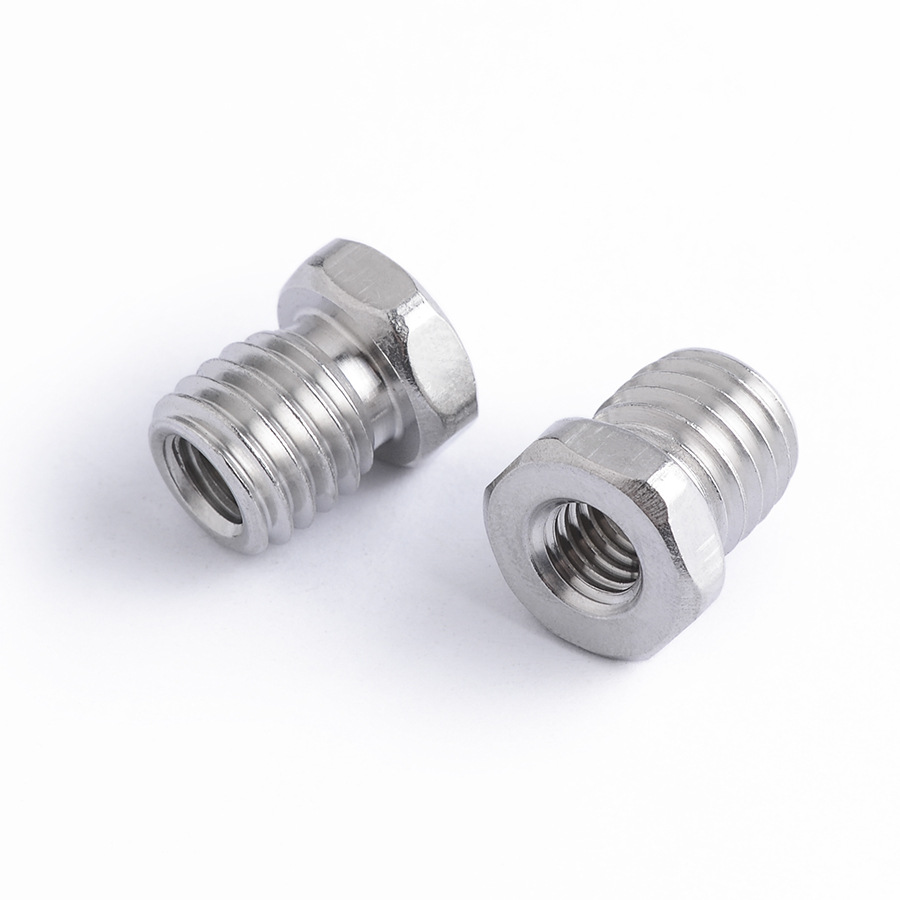What Are the Characteristics of Fastener Cold Heading Process
08/30/2024 Cold heading is a common process for manufacturing the heads of fasteners such as bolts, screws, pins, rivets, etc. In many cases, heading is actually a type of cold heading. Cold heading is a forging method that uses a die to compress and shape metal bars at room temperature.The above conclusions show that non-standard fasteners price To a great extent, it can bring new vitality to the market and make the industry develop well. https://jieruifasteners.com/
The specific operation process is to put the metal bar into the cold heading machine and extrude it into shape through pressure. During the extrusion process, the metal bar will undergo plastic deformation, thereby changing its shape and size, and the head of the fastener will be formed.
In the field of fastener manufacturing, cold heading process is widely used because of its following characteristics:
1. Cold heading process can be carried out at room temperature without heating metal materials.
2. Cold heading process can reduce or replace cutting processing and improve material utilization.
3. Cold heading machine models and series are complete, suitable for various bolts and nuts forming, equipment performance is reliable, high efficiency, stable quality.
4. Cold heading machine can realize continuous, multi-station, automatic production, simple operation, suitable for mass production.
The cold heading process can improve the surface finish of the workpiece and ensure the accuracy of the workpiece, and can manufacture high-precision, high-strength bolts, nuts, etc.; the cold heading process can improve the mechanical properties of the workpiece, such as increasing the density and hardness of the material, thereby improving wear resistance and corrosion resistance. In general, the cold heading process can improve productivity, ensure the quality of fasteners, reduce material loss, and reduce production costs. It is increasingly widely used in the production of standard fasteners.